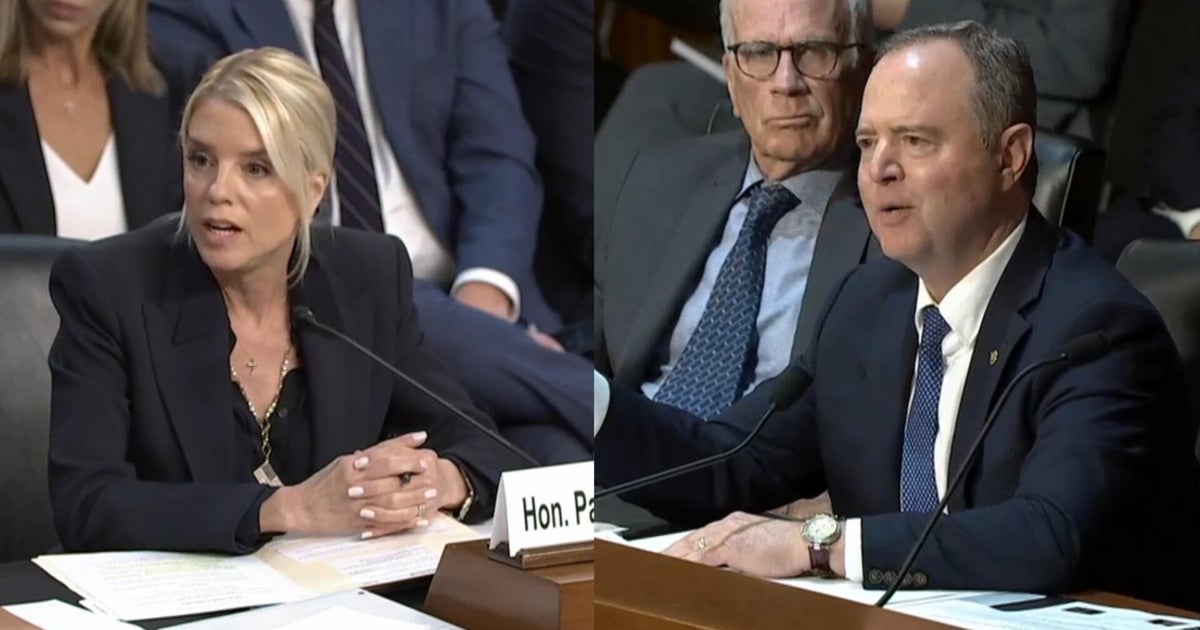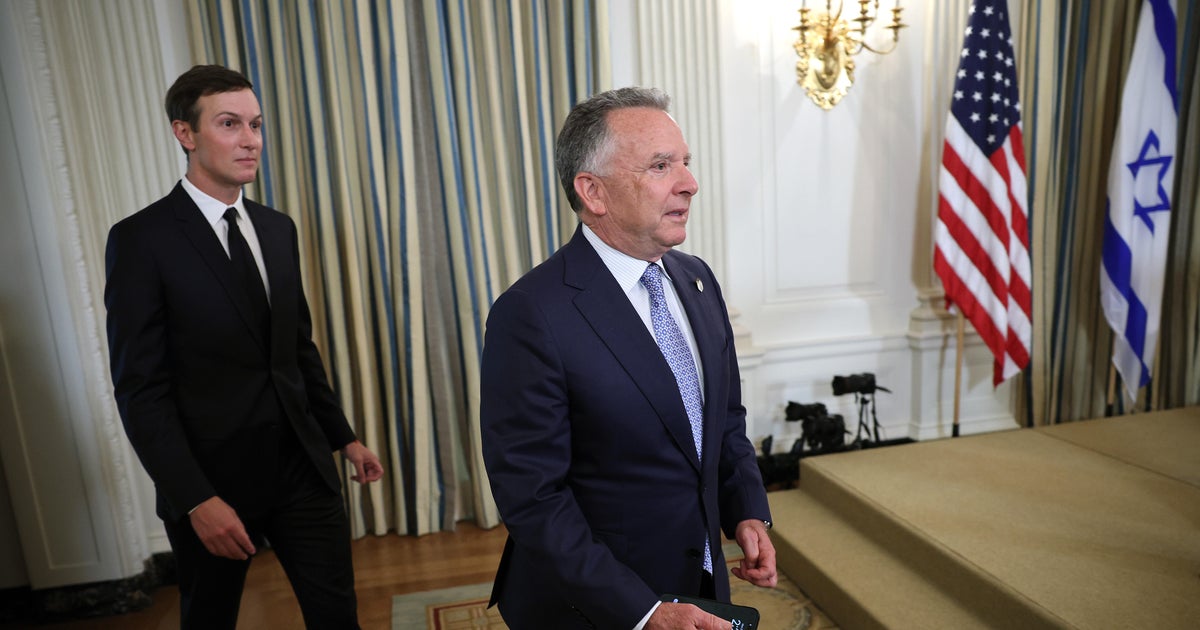After boasting, with typical hyperbole, about ending seven wars since he returned to the White House, Donald Trump is going for the big one: peace in the Middle East. Not just an end to the war in Gaza, as ambitious as that goal is, but an “eternal” settlement to hostilities between Israel and its neighbours.
It’s easy to be cynical about Trump’s vision for peace in our time, which includes a central role for himself as chair of a new Gaza peace board while he fulfils his presidential duties. His 20-point peace plan is littered with booby traps, unanswered questions and wishful thinking. Yet here it finally is, a comprehensive framework to stop the killing and map out a post-war future for Gaza.

US President Donald Trump greets Israeli Prime Minister Benjamin Netanyahu at the West Wing of the White House.Credit: AP
First things first, credit where it’s due. After being outfoxed by Benjamin Netanyahu at almost every turn, Trump has belatedly used some of his leverage over the Israeli prime minister to pressure him into making uncomfortable decisions. Trump forced the famously prideful Netanyahu to call up Qatar’s prime minister and apologise for his reckless and unsuccessful failed assassination attempt on Hamas leaders who had gathered there for ceasefire negotiations.
More importantly, Netanyahu has put his name to a plan for the “day after” the war, something he has maddeningly failed to do since the conflict began almost two years ago. This is a blow to key members of Netanyahu’s far-right coalition who want the war to drag on indefinitely and for Israel to call all the shots. But Netanyahu knows he has to offer something to Trump, who is desperate to claim credit for an end to the war and secure the return of the remaining Israeli hostages in Gaza.
The Trump plan deserves praise for taking some of the most destructive ideas for post-war Gaza off the table, including those the president himself previously floated. Trump’s proposal for the mass migration of Palestinians from the Gaza Strip has thankfully been jettisoned altogether. “No one will be forced to leave Gaza, and those who wish to leave will be free to do so and free to return,” the plan states. “We will encourage people to stay and offer them the opportunity to build a better Gaza.”
Loading
The plan also rejects the idea of Israel permanently occupying or annexing Gaza. This is another blow to Netanyahu’s messianic cabinet members, who fantasise about Israeli settlements being spread throughout the strip. Netanyahu explicitly ruling out this idea is welcome, if long overdue.
These clauses reflect the fact that Trump put in the time and effort to consult key Arab and Muslim-majority nation leaders on the sidelines of the United Nations General Assembly last week. This ensured their red lines would not be crossed and that they could endorse the proposal, rather than dismiss it as a US-Israeli stitch-up. The plan also envisages a long-term governing role for the Palestinian Authority in Gaza – something Netanyahu has long rejected – and recognises the Palestinian people’s aspirations to statehood.
But will it work? For the plan to be anything but words on paper, Hamas will have to sign onto it. Yet the entire point of the process has been to isolate and disempower the listed terror group. The contradiction here is unmissable.
The proposal has been presented as an ultimatum to Hamas, which has not played a direct role in negotiating the document (although there would undoubtedly have been back-channelling with mediators like Qatar). It calls for Hamas to have no governing role in Gaza and for the strip to be demilitarised. The group would condemn itself to irrelevancy by signing on to the plan, raising the obvious question of why it would do so.
The answer, according to Trump’s blueprint: Hamas’ leaders will no longer face the daily risk of being killed by Israeli bombs and will be offered amnesty and safe passage to third countries if they renounce violence. Hamas could also claim some credit for the release of 250 Palestinians being held on life sentences in Israel and 1700 Gazans who were detained after October 7. It is optimistic to believe this would convince a group that has armed resistance in its DNA to agree its extinction as a fighting force, but Hamas’s leaders are studying the proposals, and key mediators such as Qatar will be exerting pressure.
Then there is Netanyahu, a slippery, calculating operator who always has an eye on his own survival. If Hamas releases all the hostages within 72 hours, as the plan calls for, then he could easily find a pretext to restart the war and continue fighting Hamas – just like he blew up a ceasefire agreement this year. Perhaps by then, with the hostages returned, Trump will have lost interest and moved on to other matters.
A major flaw of the plan is its vague timeframe for Israel’s forces to leave Gaza. At the press conference, Netanyahu made clear it would be a slow, staged withdrawal, offering him a chance to string out the war and delay his day of reckoning over the intelligence and political failures that led to the October 7 massacre two years ago. Even as Trump stood beside him, Netanyahu expressed outright opposition to the creation of a Palestinian state and deep scepticism about the Palestinian Authority governing Gaza, undercutting two points of the plan. Like always, he is playing for time and hoping he can ultimately outsmart Trump.
These risks and deficiencies of this overdue and toweringly ambitious blueprint cannot be ignored. Given the dire situation in Gaza, though, an imperfect plan for peace is better than no plan at all.
Get a note directly from our foreign correspondents on what’s making headlines around the world. Sign up for our weekly What in the World newsletter.
Most Viewed in World
Loading


















































